Description
The Banquet of Ahasuerus by Aert de Gelder printed on a Hoodie
About the Hoodie
Modern fit
It provides a more tailored look than a regular fit
Comfortable
The fabric and fit of this item are extra comfy
Tear-away tag
Easily removable tear-away tag that allows you to add a custom inside label
Premium quality
The product is made from premium, high-quality materials
Classic unisex hoodie with a front pouch pocket and matching flat drawstrings. The 100% cotton exterior makes this hoodie soft to the touch.
- 65% ring-spun cotton, 35% polyester
- Charcoal Heather is 60% ring-spun cotton, 40% polyester
- Carbon Grey is 55% ring-spun cotton, 45% polyester
- 100% cotton face
- Fabric weight: 8.5 oz./yd.² (288.2 g/m²)
- Front pouch pocket
- Self-fabric patch on the back
- Matching flat drawstrings
- 3-panel hood
- Tear-away tag
Aert de Gelder (1645 – 1727)
Aert de Gelder was a Dutch painter.
De Gelder was born and died in Dordrecht. He was one of Rembrandt’s last pupils while in Amsterdam, studying in his studio from 1661 to 1663. He was not only one of the most talented of Rembrandt’s pupils, but also one of his most devoted followers, for he was the only Dutch artist to paint in the tradition of Rembrandt’s late style into the 18th century. Following Rembrandts lead, De Gelder would paint such artworks as “The Baptism of Christ” and “Ahimelech Giving the Sword of Goliath to David”. Story telling, transparent emotionalism, and an emphasis on the humanity of biblical characters are the distinguishing elements of this style. This contrasted with the courtly and distant emotions and imagery of other artists, even in the Renaissance period.
As author of biblical scenes and portraits of his style was inspired by Rembrandt’s, using his artistic ideas, well into the eighteenth century, without being influenced by contemporary new fashions. From the artistic point of view his work can not be considered as passive imitation of the master, indeed it stands for inventiveness in the narrative, taste for the theatrical and a strong emotional charge of the characters. All these traits made him one of the most important interpreters of Dutch painting of the late seventeenth century.

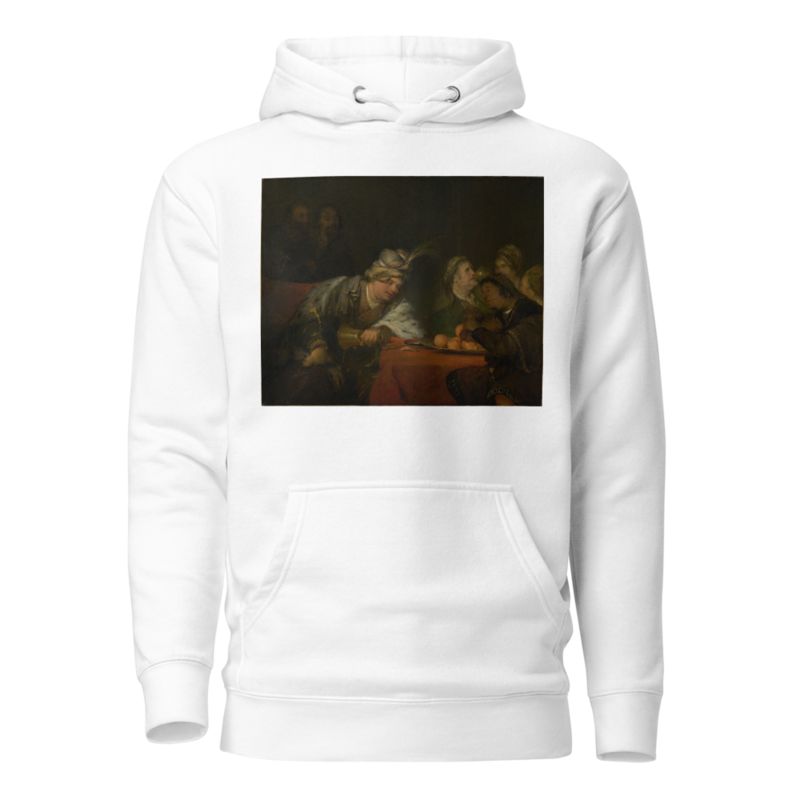
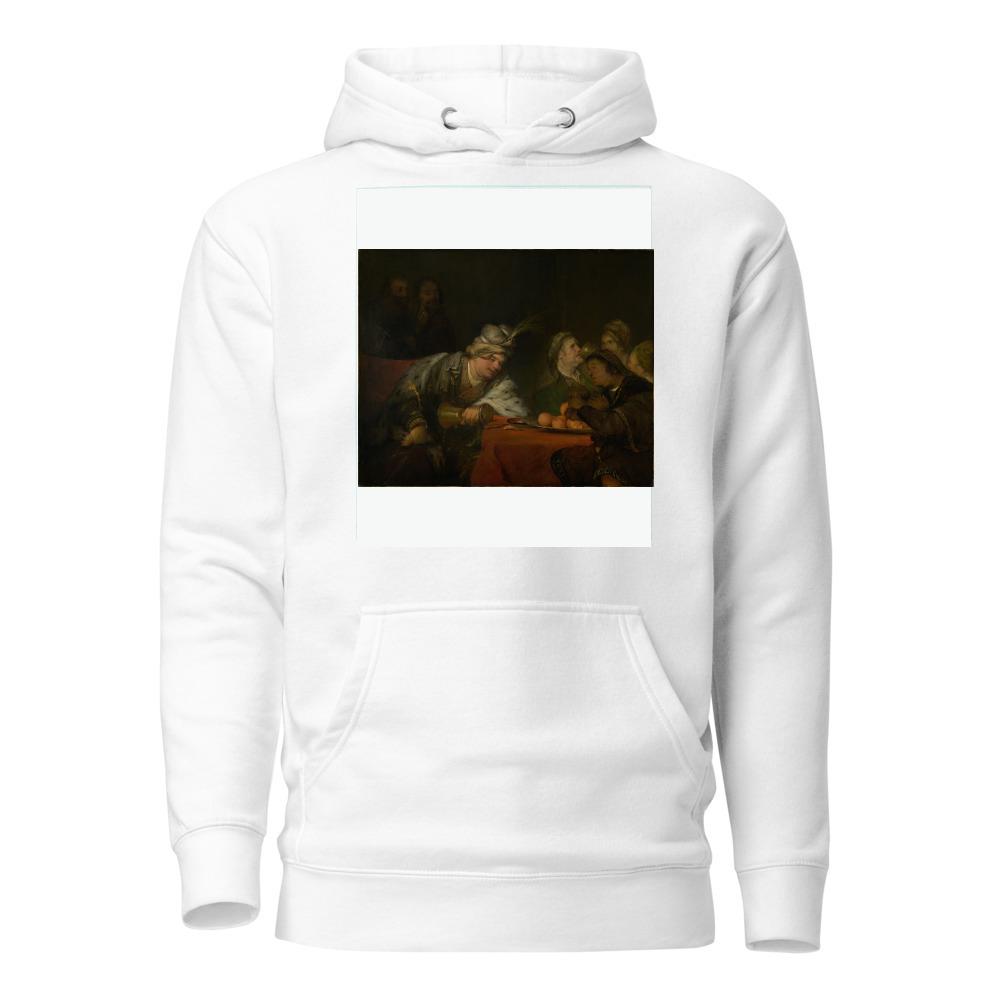
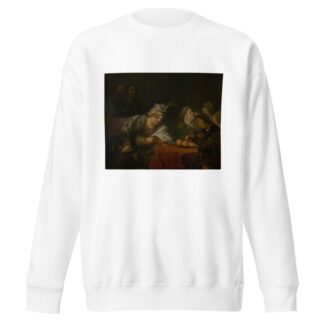
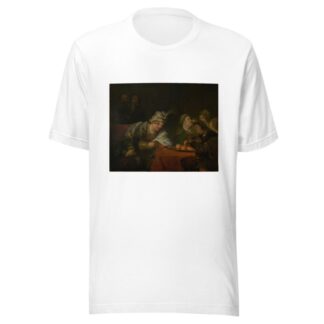
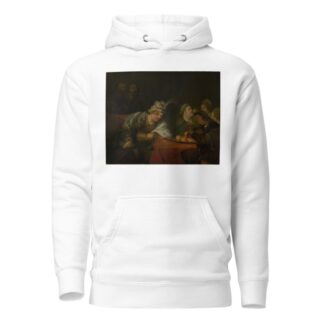
Reviews
There are no reviews yet.